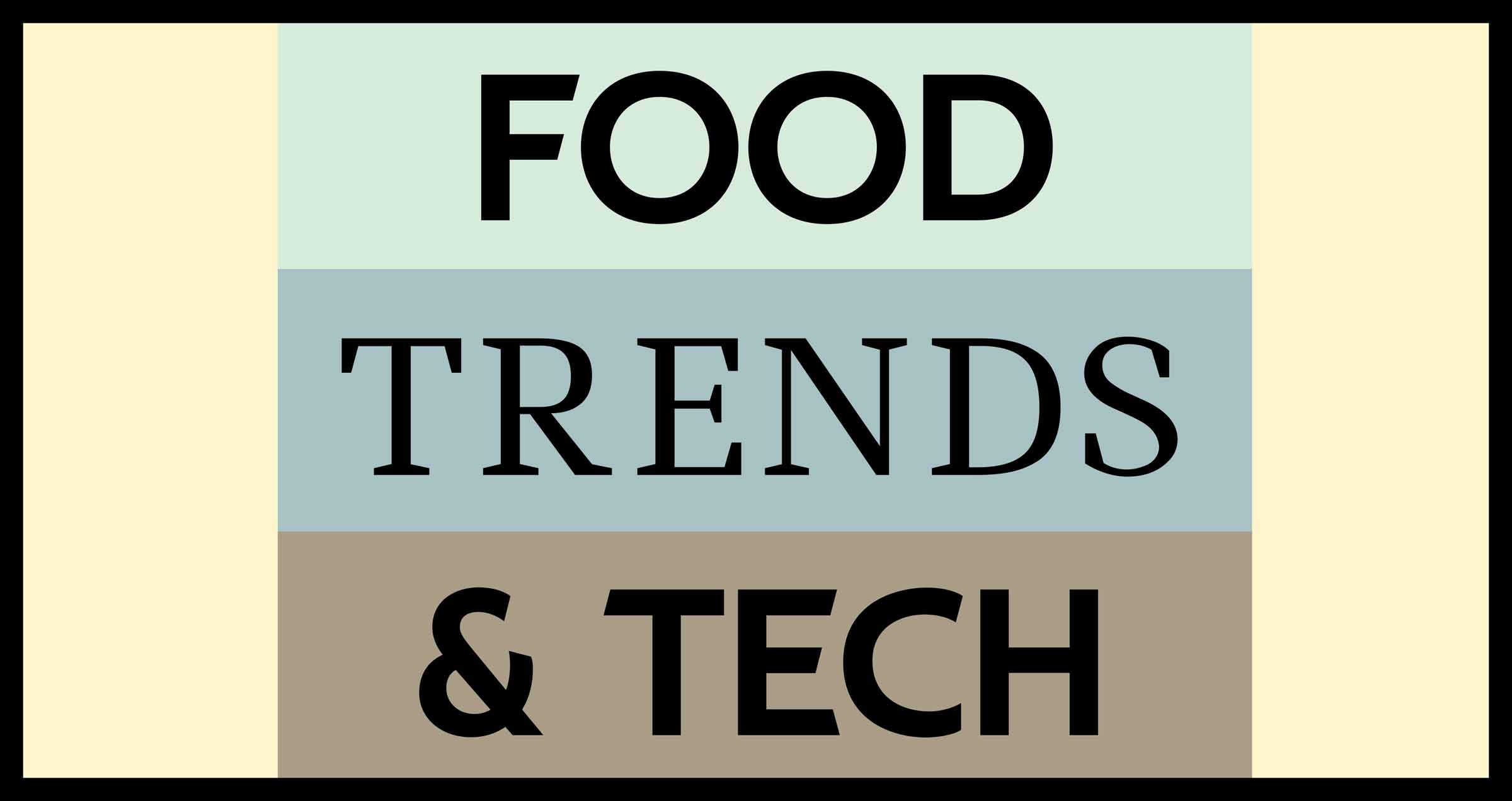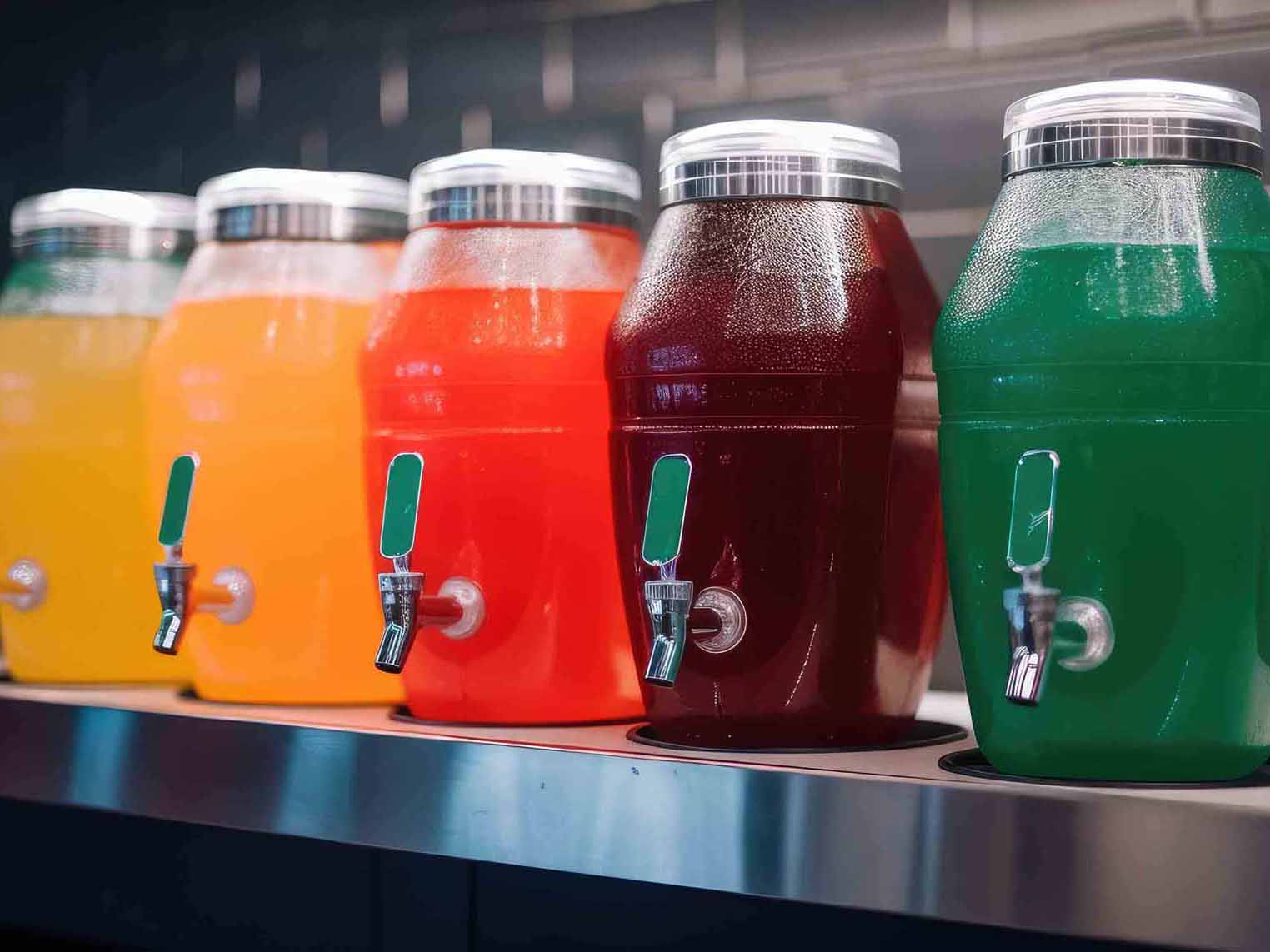Today’s consumers are more knowledgeable and interested in understanding the content of the products they purchase and the brands they support, noted Kasey Farrell, Senior Manager, R&D, Product Intelligence SPINS. In opening her talk, “Clean Label Trends & Consumer Purchase Behavior,” at the 2023 Clean Label Conference, she noted that beyond easily recognizable ingredients and free from claims, brands are increasingly paying attention to their ingredient sourcing, their organization’s mission, and its environmental impact during production and distribution. New certifications and novel and more sustainable ingredients are driving innovation in this new concept of clean.
“Clean label is now mainstream. Brands are trying to differentiate themselves with new ways to say they’re clean,” Farrell added. Consumers are savvy and are increasingly familiar with ingredients and their functionality. These consumers also have strong preferences.
Which Categories are Growing?
In Ready to Drink Beverages, SPINS data shows continued vilification of sugar. However, agave nectar and allulose are leading in the natural sweetener segment.
“Interestingly, counter to the clean movement, artificial sweeteners are still doing relatively well due to the continued prevalence of their use in keto and low-carb diets and an overall interest in reducing calories for weight loss. Supply chain and pricing may play a factor in their performance, as well as consumers feeling the impact of their rising grocery bill and looking for less-expensive options where they can,” noted Farrell.
In the Protein Supplements and Meal Replacements category, animal-based protein sources, like whey, outperform plant-based alternatives. “Whey carries benefits for those seeking high protein and low carb,” explained Farrell, “It also is considered a cleaner ingredient source; minimally processed, coming from milk.”
In 2022, SPINS saw strong growth in sales of products with specific health and wellness attributes that are driving purchase decisions. These product attributes often are not transparent to consumers and include how ingredients are sourced.
Attributes that Attract Consumers
The labor practices of the companies involved in cultivating, manufacturing, and distributing products are being examined. Farrell said that every component of the supply chain is being assessed and reported as an on-pack claim, a certification, or a data point, which consumers use to factor into their purchasing decisions.
“Snacks and Candy” is a category typically not known for its health and wellness attributes. However, such products recognized as clean are doing well across the category.
Clean label has evolved from restriction to mission-driven, and SPINS has seen a shift in the consumer sets as well. First, “diet-based” are those shoppers who follow a specific diet for health or wellness goals. They seek certain categories of foods or specific nutrient content. The next set is “natural ingredient-focused” consumers. They want to avoid chemical-sounding names and look for shorter ingredient statements with recognizable ingredients.
The next set is “natural ingredient-focused” consumers. They want to avoid chemical-sounding names and look for shorter ingredient statements with recognizable ingredients.
Transparency is essential for the third set of “sustainability-focused” shoppers regarding content, sourcing/production/labor practices, and the brand’s values.
As for packaging attributes, “Some 86% of shoppers are more likely to purchase a product based on its packaging. Four of five people would buy more sustainable packaging options if given the choice. And 76% have made an effort to purchase more sustainable products in the past year,” Farrell offered.
For young and older shoppers, 77% view sustainability as an important factor when selecting their products. “Despite the pressure of high inflation this year, 66% of young consumers are willing to pay more for sustainable products,” stated Farrell, “yet have a hard time identifying these products on shelf.”
Certified Upcycled is gaining momentum, as food waste is a top consumer concern. Manufacturers are seeking new and innovative ingredient sources to use discarded food.
Plant-based is performing well as it continues to evolve. A category that has historically catered to vegan or vegetarian audiences, about 50% of shoppers now practice flexitarian diets.
“Seaweed and sea vegetables are poised to become the next big trending ingredient group,” observed Farrell, with “buzzwords of organic and regenerative, non-GMO, sustainable, as well as their versatile use in food applications.”
Next-generation technologies, such as precision fermentation, produce proteins considered sustainable alternatives to animal-derived milk proteins and are showing a greater presence in the market.
“Whether it’s plant-based, sustainable or completely devoid of negatively perceived ingredients,” Farrell concluded, “it’s clear that clean label is going to continue to play a huge part in consumer purchasing behavior, driving innovation; evolving in the space; and continuing to spur new product innovation.”
Caption to colored beverages feature image: Counter to the clean movement, in Ready-to-Drink Beverages, SPINS data shows artificial sweeteners doing relatively well, due to their continued use in keto, low-carb diets, and an overall interest in reducing calories for weight loss. Supply chain and pricing may be factors as well.
Click on the phrases below to see related articles on these topics at FoodTrendsNTech.com.

